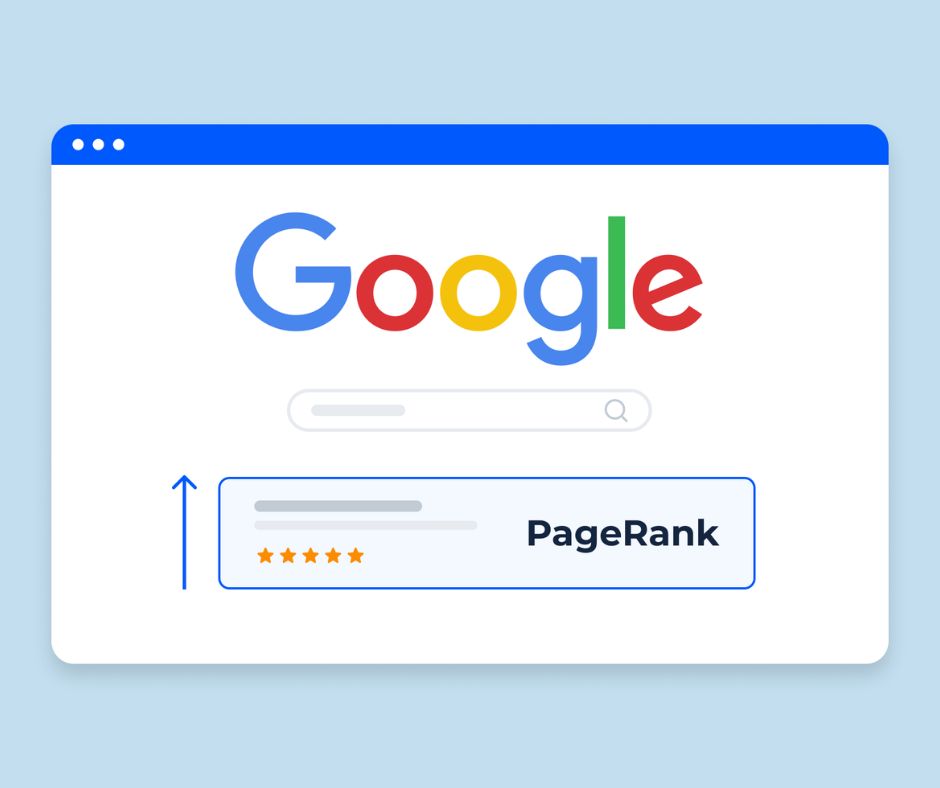Increasing your website's PageRank (now more broadly understood as improving your SEO and search engine visibility) involves several key strategies. PageRank was originally Google's algorithm for ranking pages based on the number and quality of backlinks. While Google has since evolved beyond pure PageRank, its core principles—authority, relevance, and trust—are still essential.
Here’s a step-by-step approach to improve your website’s PageRank and SEO performance:
1. Build High-Quality Backlinks
PageRank is largely influenced by backlinks from other authoritative sites.
- Guest posting on reputable blogs.
- Creating shareable content (guides, tools, infographics).
- Get featured on industry directories or niche platforms.
- Use tools like Ahrefs, SEMrush, Moz to monitor backlinks.
2. Optimize On-Page SEO
Ensure your pages are search-engine friendly:
- Use relevant keywords in titles, headers, URLs, and content.
- Include internal links to other relevant pages on your site.
- Optimize meta tags: title tags and meta descriptions.
- Use descriptive alt text for images.
3. Improve Site Speed
Google considers site speed a ranking factor.
- Use tools like Google PageSpeed Insights or GTmetrix.
- Compress images (e.g., with TinyPNG).
- Minify CSS, JavaScript, and HTML.
- Use a content delivery network (CDN) like Cloudflare.
4. Make Your Site Mobile-Friendly
A mobile-responsive design is crucial for SEO.
- Use responsive themes or frameworks.
- Test using Google’s Mobile-Friendly Test.
5. Create High-Value, Original Content
Content is still king. The more useful your content is, the more likely it is to be linked and shared.
- Publish long-form content that solves problems.
- Update old posts with fresh, accurate information.
- Use blogging to target long-tail keywords and engage your niche.
6. Use Structured Data (Schema Markup)
This helps Google better understand your content.
- Add schema.org markup for articles, products, reviews, FAQs, etc.
- Test using Google’s Rich Results Test.
7. Engage in Social and Community Promotion
Even though social signals aren’t direct ranking factors, they can drive visibility and links.
- Promote content on LinkedIn, Twitter, Reddit, Quora, Facebook.
- Answer questions on forums or Stack Exchange and link back to your content if relevant.
8. Ensure Site Security (HTTPS)
HTTPS is a minor ranking factor.
- Get an SSL certificate and ensure all URLs are secure.
9. Fix Crawl Errors & Submit a Sitemap
Make sure search engines can crawl and index your site properly.
- Use Google Search Console to:
- Submit a sitemap
- Monitor crawl errors
- Fix broken links and duplicate content
10. Avoid SEO Penalties
Don’t try to manipulate rankings using shady tactics.
- Avoid buying backlinks or using link farms.
- Don't use keyword stuffing or hidden text.
- Remove or disavow toxic backlinks.






.png)





.png)